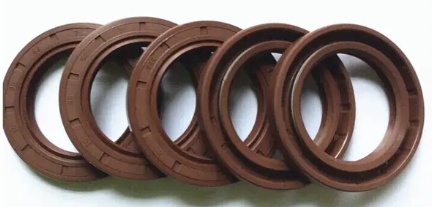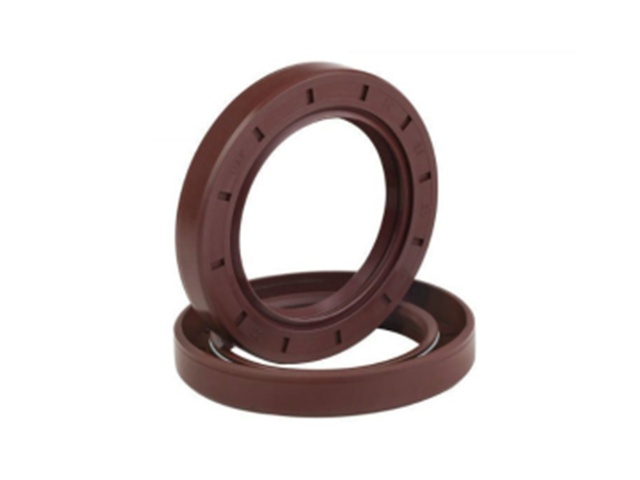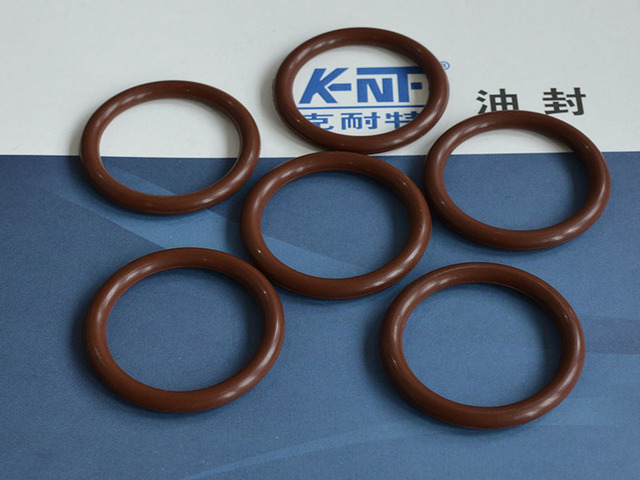Efficient automobile shock absorber oil seal plays a vital role in ensuring ride comfort and safety. Shock absorbers, also known as dampers, reduce the impact of road irregularities, such as bumps and potholes, on your vehicle. However, the effectiveness of a shock absorber depends on various components, and one of the most critical components is the automotive shock absorber oil seal. In this article, we’ll take a deep dive into the importance of your car’s shock absorber seal and why it’s critical to your vehicle’s performance.
What is a car shock absorber oil seal
The Efficient automobile shock absorber oil seal is a rubber or plastic ring that fits tightly around the piston rod of the shock absorber. Its main function is to prevent the oil in the shock absorber from leaking out. The oil seal is responsible for maintaining the proper oil level in the shock and ensuring that the oil is evenly distributed throughout the piston rod.
Why is the car shock absorber oil seal important
Automotive shock absorber oil seals play a vital role in the performance of the shock absorber. Here are some reasons why oil seals are essential:
- Prevent oil leakage: The oil seal prevents the oil in the shock absorber from leaking out. Without an oil seal, oil can leak, reducing the effectiveness of the shock absorber and causing premature failure.
- Protection from Contaminants: The oil seal also protects the shock absorber from contaminants such as dirt, dust and moisture. These contaminants can damage the shock absorbers and reduce their effectiveness.
- Ensure a Smooth Ride: A properly functioning car shock absorber oil seal ensures that the oil is evenly distributed throughout the piston rod, allowing the shock absorber to work efficiently. This results in a smooth ride and improves the handling of the vehicle.
- Extends the life of the shock absorber: The oil seal helps keep the oil in the shock absorber, preventing premature failure and extending the life of the shock absorber.

How to Know if Your Car’s Shock Absorber Seal Is Failed
Like any other component, automotive shock absorber seals fail over time. Here are some signs that your oil seal may be failing:
- Oil leaks: If you notice oil leaks from your shock absorber, it could be a sign of an oil seal failure.
- Bumpy ride: A failed oil seal can cause the shock absorber to become less effective, resulting in a bumpy and uncomfortable ride.
- Uneven Tire Wear: If your tires are wearing unevenly, it could be a sign that your shock absorbers are not working properly. A failed oil seal could be a factor in this problem.
- Noisy suspension: A failed oil seal can cause the shock to make noise, such as a crash or squeak.
When to replace the car shock absorber oil seal
Efficient automobile shock absorber oil seal must be replaced at the first sign of malfunction. Ignoring a failed oil seal can lead to more serious problems, such as a failed shock absorber. Here are some signs that it may be time to replace your car’s shock absorber seals:
- Oil Leakage: If you notice that your shock absorber is leaking oil, it means that the oil seal has failed and it is time to replace it.
- Degraded shock absorbers: If you notice that your vehicle isn’t driving as smoothly as it used to, this may indicate that the shock absorbers are not performing properly and the oil seals need to be replaced.
How to replace Efficient automobile shock absorber oil seal
Replacing a car shock absorber seal is not a complicated process, but it does require some technical knowledge and tools. Here’s a rundown of the steps involved:
- Lifting the vehicle: Lift the vehicle and support it on the jack stands. Make sure the vehicle is safe and stable.
- Remove the wheel: Remove the wheel on the side of the vehicle where the oil seal needs to be replaced.
- Removing the shock absorber: Remove the shock absorber from the vehicle. This may require removal of other components such as suspension arms or struts.
- Remove the old oil seal: Remove the old oil seal from the shock absorber piston rod. This may require the use of a seal removal tool.
- Installing the new oil seal: Install the new oil seal on the piston rod of the shock absorber.
- Reassemble the shock absorber: Reassemble the shock absorber, making sure all parts are properly installed and tightened.
- Reinstall the wheel: Reinstall the wheel to the vehicle.
- Lowering the vehicle: Lower the vehicle off the jack stands and test the shock absorbers for proper operation.
- When replacing the oil seal. Manufacturer guidelines and specifications for the specific vehicle and shock absorber must be followed.
When to replace the car shock absorber oil seal
Signs of car shock absorber sealing product failure must be recognized. Failure to replace the oil seal in time can lead to more serious problems, such as damage or failure of the shock absorber. Here are some signs that your car’s shock absorber seal needs replacing:
- Oil leaks: One of the most obvious signs of an oil seal failure is an oil leak. If you notice oil on your shock or surrounding components, the oil seal is most likely failing.
- Bumpy ride: Worn or damaged oil seals can cause poor shock absorber performance, resulting in a bumpy ride.
- Noise: A damaged oil seal will generate noise, such as squeaking or rubbing, when the shock absorber is running.
- Uneven wear: Uneven wear on the tire tread can indicate a problem with the shock absorber system, including oil seal failure.
If you experience any of these signs, be sure to have your car inspected by a qualified mechanic. A mechanic can diagnose the problem and replace the oil seal if necessary.
preventive maintenance
Preventive maintenance is essential to avoid premature failure of automotive shock absorber seals. Here are some tips for maintaining your shock absorber system:
- Periodic inspection: Regularly check the shock absorber system for damage, leakage or wear.
- Avoid overloading: Avoid overloading the vehicle beyond the manufacturer’s recommended weight limit. Overloading can cause the shock absorbers to fail prematurely.
- Avoid bad driving: Avoid driving over potholes, speed bumps, and other obstacles that could damage the shock absorber system.
- Replacing the oil seal: Replace the oil seal at the first sign of failure to avoid more serious problems.
By performing regular preventive maintenance, you can ensure that your vehicle’s shock absorber seal and shock absorber system are operating efficiently and safely.
In conclusion
In short, Efficient automobile shock absorber oil seal is a key component of the shock absorption system. It plays a vital role in protecting the shock absorber from damage, ensuring smooth driving and prolonging the service life of the shock absorber. By identifying signs of oil seal failure, performing preventive maintenance, and promptly replacing oil seals when necessary, you can ensure that your vehicle’s suspension system operates efficiently and safely.
Related Products













